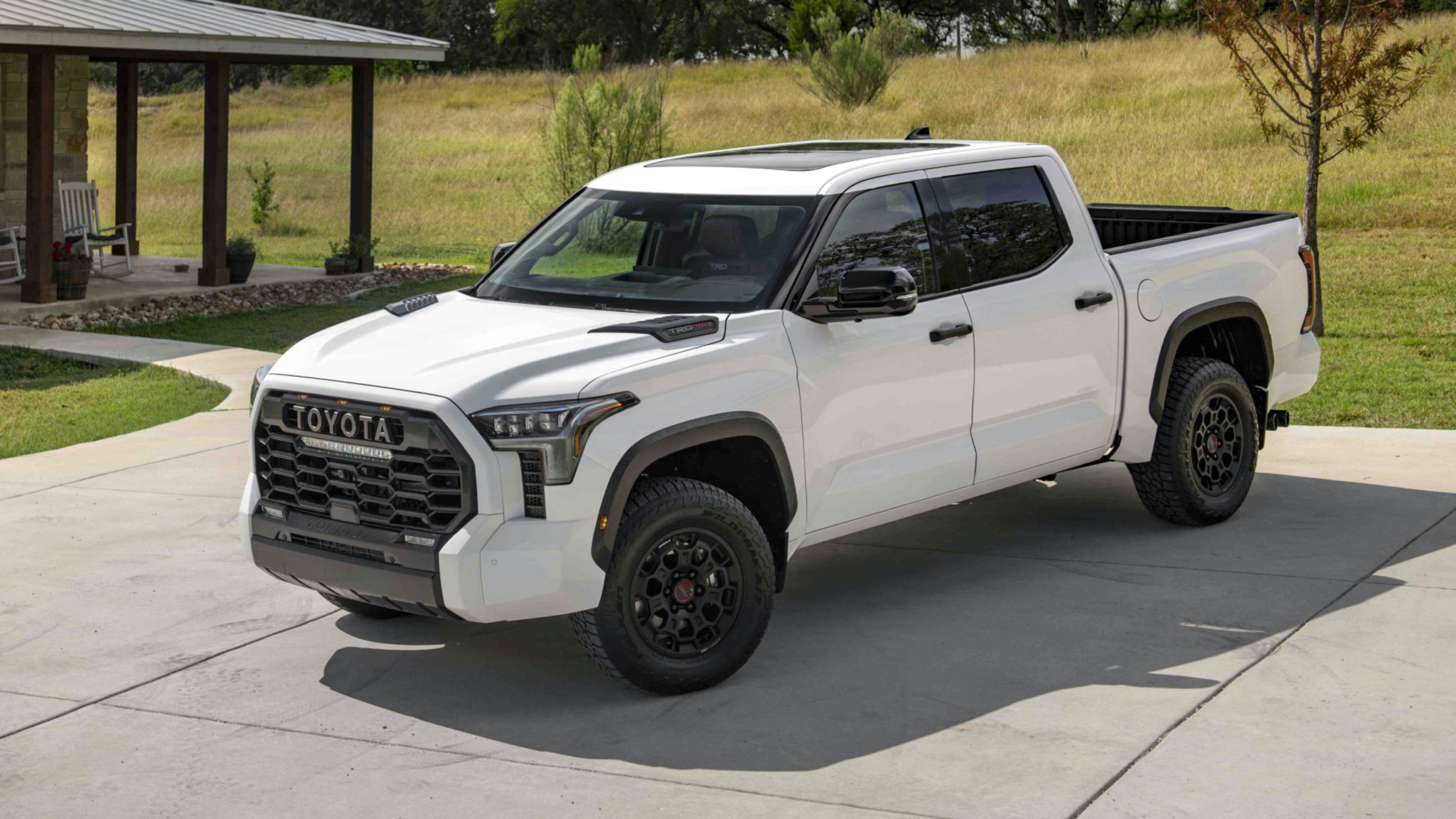For many car owners, few things are more stressful than an unexpected check engine light. It can mean anything from a loose gas cap to a costly engine repair.
That’s why vehicles with a reputation for rock-solid reliability and minimal electronic drama are so valued. While no vehicle is 100% immune to issues, some models stand out for rarely triggering that dreaded amber light.
Let’s face it—nothing ruins your day like that dreaded check engine light blinking to life on your dashboard. For most drivers, it’s a source of stress, unexpected expenses, and time wasted at the mechanic. But not all vehicles are created equal. Some just run. Year after year, mile after mile, they keep humming along without lighting up your dash like a Christmas tree.
In this article, we’re cutting through the hype and naming 10 vehicles that have earned a reputation for reliability, staying out of the shop and off the diagnostic scanner. If you’re tired of surprises under the hood, these are the models worth your attention.
1. Toyota Corolla
The Toyota Corolla has built its name on dependable, low-maintenance performance. Mechanics often praise this compact sedan for its simple, bulletproof engine and transmission.
It rarely suffers from sensor issues or emissions-related problems, which are common triggers for a check engine light. As part of its mid-life refresh, the Toyota Corolla’s base 1.8-litre engine received a notable power boost to 138bhp.
With a 0-62mph time of 9.1 seconds, it outpaces the entry-level 1.5-litre VW Golf, which delivers 114bhp and takes 9.9 seconds. Although it’s still about half a second slower than the more potent 155bhp 1.0 Ecoboost Ford Focus, that gap isn’t much of a concern.
Why not? Because the 1.8-litre Corolla offers more than enough punch for typical day-to-day driving and can reach motorway speeds without needing to bury the accelerator. Realistically, the only time you might wish for additional power is during overtakes when you’re fully loaded with passengers and luggage.
For those scenarios, the stronger 2.0-litre engine with 193bhp steps in, cutting the 0-62mph time to just 7.4 seconds—quicker than any Honda Civic short of the Type R. Even when you’re not flooring it, the extra shove from the Corolla’s electric motor gives it a more immediate response during everyday use.
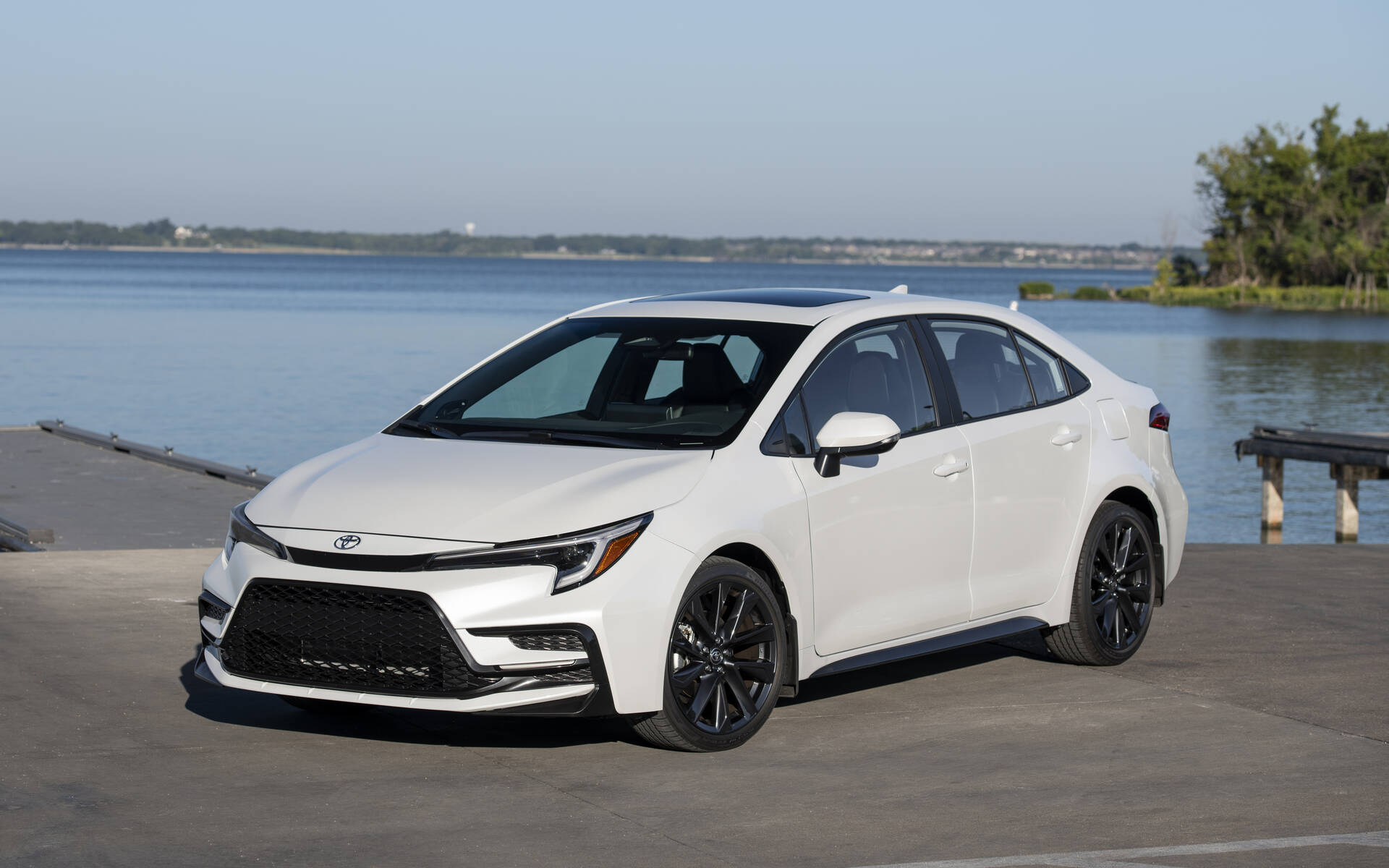
If you’re after a touch of luxury, forget the spa day and consider the Corolla—it ranks among the most comfortable family cars on the road.
Even compared to the very cushy Focus, the Corolla’s softer suspension does a better job of ironing out road imperfections and tends to settle down more calmly over uneven motorway patches.
There is a slight downside in that the body leans more when driving on twisty or hilly roads, but it’s still better controlled than the Peugeot 308 and some of its other competitors. That said, we’d steer clear of the 18in alloy wheels that come with the GR Sport and Excel trims. They don’t completely compromise comfort, but they do make sharp bumps more noticeable.
Under normal driving conditions, the Corolla delivers confident handling. The steering is accurate, with a well-judged weight that begins light for easy maneuvering around town and builds to a reassuring heft as speeds increase. You also get a decent amount of feedback through the wheel.
It stays composed at higher speeds too. However, compared with rivals like the Focus, Civic, or Seat Leon, the Corolla is less enthusiastic when it comes to cornering. It doesn’t grip the road at the front quite as well, so if you’re looking for excitement behind the wheel, you’ll likely find it more readily in other models.
Despite its sporty name, the GR Sport version doesn’t enhance the Corolla’s performance. It’s purely cosmetic—offering styling upgrades and extra features, but no improvement in driving dynamics.
A key advantage of hybrid vehicles is their quiet operation at low speeds, and the Corolla is no exception. Around town, where the electric motor often works solo, it glides along with minimal noise. When the petrol engine does chime in, it’s still fairly subdued.
That said, under heavier acceleration—especially when climbing hills—the engine noise ramps up due to the CVT transmission causing a spike in revs.
Still, the more recent update with improved electric motors means the Corolla doesn’t need to work as hard to accelerate, reducing the need for those high-rev moments. Even so, the Honda Civic’s hybrid setup handles this better, keeping engine noise more contained.
On the motorway, there’s a bit more tyre noise than in a Ford Focus, but the Corolla remains a quieter cruiser than the Leon. The 2.0-litre hybrid model offers a more refined experience than the 1.8, in part thanks to its acoustic side glass, which helps keep outside noise at bay.
Also Read: Top 10 EV Features That Come in Useful in Daily Commute
2. Honda Civic
Whether you’re looking at older eighth-generation models or newer turbocharged variants, the Honda Civic consistently ranks high in long-term reliability.
It’s known for clean engine management and well-calibrated onboard diagnostics that don’t throw false positives.
Some things really do stay the same. Back in 2024, we declared the Honda Civic to be “our top compact car choice, and it’s really not a close race.” For 2025, Honda didn’t rest on its laurels—instead, it gave the Civic a broad set of upgrades that make it even more impressive.
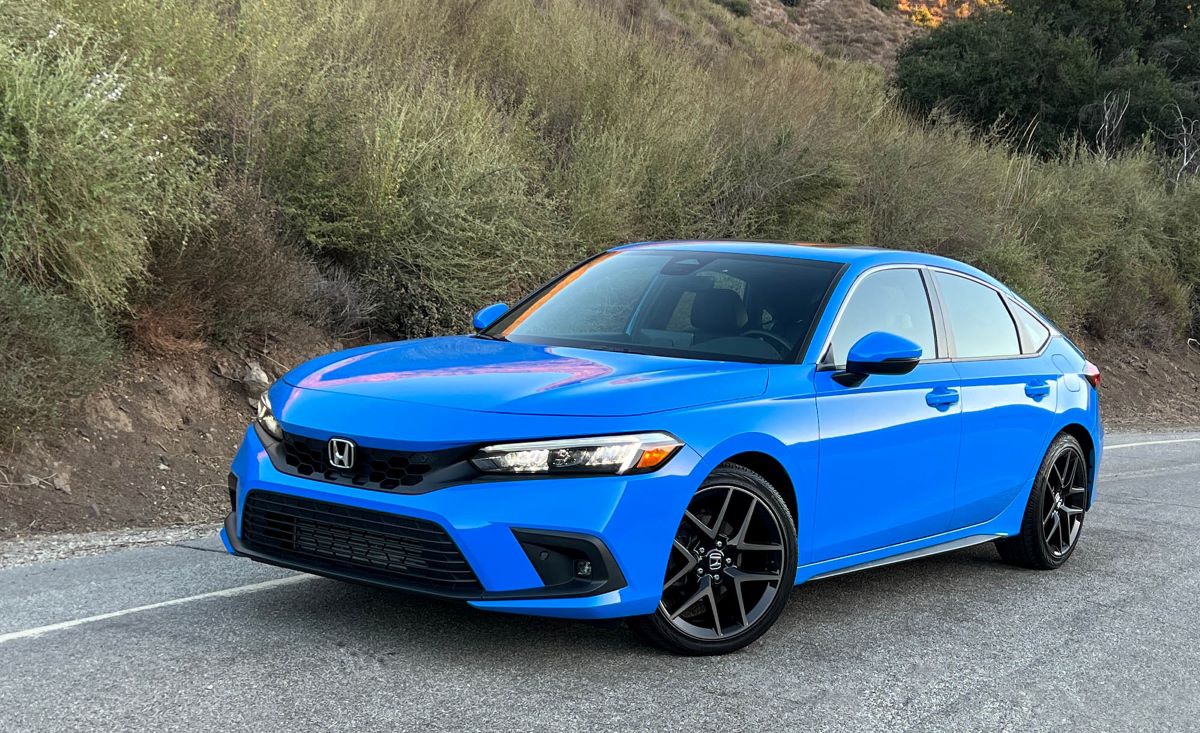
As before, it comes in both sedan and hatchback forms, and either body style provides enough space for passengers and cargo that this so-called compact could easily replace a midsize sedan or a similarly sized SUV for buyers wanting a more efficient all-around option.
And when it comes to efficiency, there’s now an all-new Civic Hybrid for 2025, which manages to strike an ideal balance of advanced technology, impressive fuel economy, strong performance, and sensible pricing. We’ll go into more detail on that shortly.
3. Lexus ES 350
As a luxury spin-off of the Toyota Camry, the Lexus ES 350 benefits from the same tried-and-tested engineering.
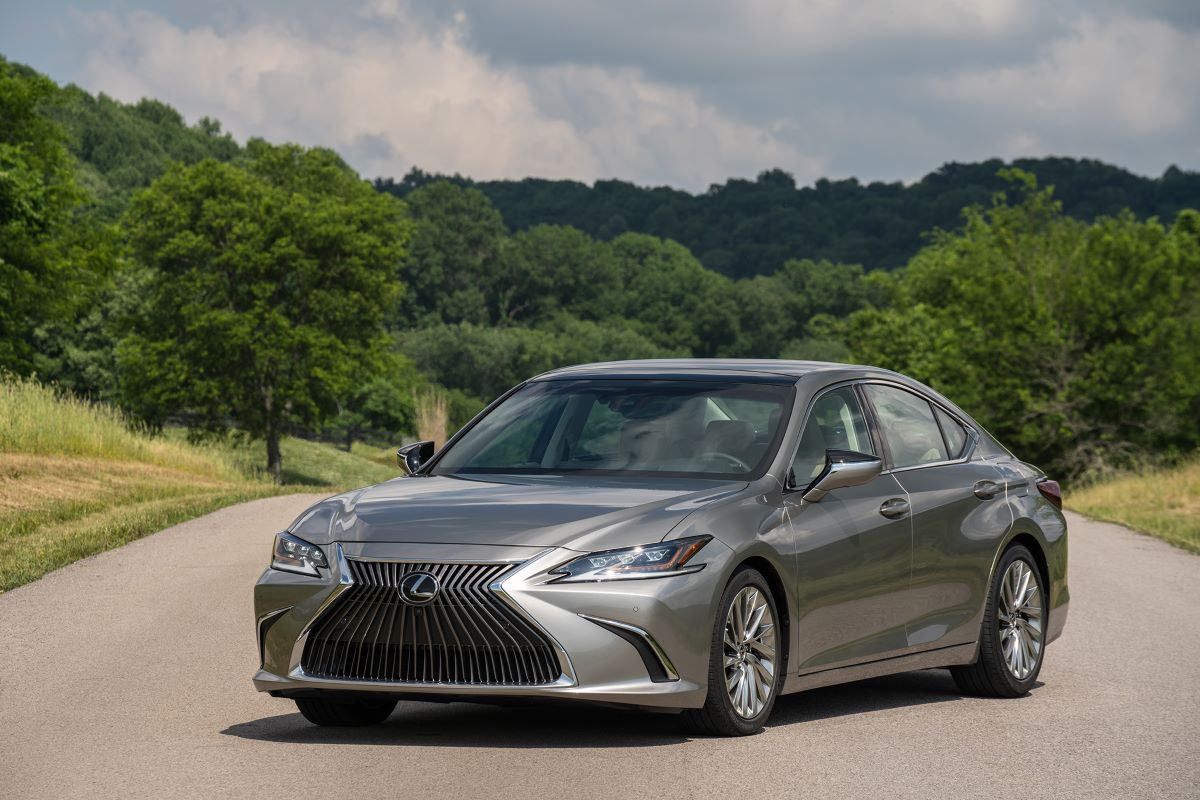
Its V6 engine is both smooth and durable, and electronic failures are extremely rare making this one of the most hassle-free luxury sedans on the road.
The ES often operates out of the spotlight, but it carries a strong legacy. Now in its seventh generation, the ES has been in production for decades and, over that time, has built a solid reputation as a reliable, no-nonsense, and relatively budget-friendly option within the luxury midsize sedan segment. It competes with well-known nameplates like the Audi A6, BMW 5 Series, and Mercedes-Benz E-Class.
For 2025, the Black Line Special Edition package returns after a break. Over the years, Lexus has steadily refined the ES, introducing updated exterior styling and additional standard driver assistance tech for the 2022 model year, followed by enhancements to the center console and infotainment system in 2023.
There are plenty of drivers out there who just want a vehicle that delivers on comfort, safety, reliability, efficiency, and understated style. The Lexus ES checks all of those boxes with ease.
Inside, the ES offers generous seating space and upscale materials that create a refined, quality-driven atmosphere. While the standard infotainment touchscreen is on the smaller side, the available larger screen provides a more premium feel, and both setups perform their tasks competently.
Lexus also includes a generous list of driver assistance features as standard—amenities that some European rivals treat as optional extras. These systems function well and further enhance the ES’ strong value within the luxury segment.
4. Mazda MX-5 Miata
Miata owners often joke that their biggest problem is figuring out when to stop driving.
With a naturally aspirated four-cylinder and minimal electronic complexity, the MX-5 Miata is rarely troubled by engine light warnings. It’s a simple, joyful car that just works.
For the 2022 model year, Mazda has dropped the six-speed automatic transmission from most MX-5 Miata trims. It’s now offered solely on the range-topping Grand Touring trim, where it comes as a $500 option for the soft-top convertible and a $550 option for the RF. That’s perfectly fine with us—“We think ordering a Miata with an automatic is sacrilege.”
Mazda has also introduced a new feature called Kinematic Posture Control. According to the company, this system enhances handling by subtly applying brake pressure to the inner rear wheel during cornering, which in turn is said to reduce body roll and boost overall stability.
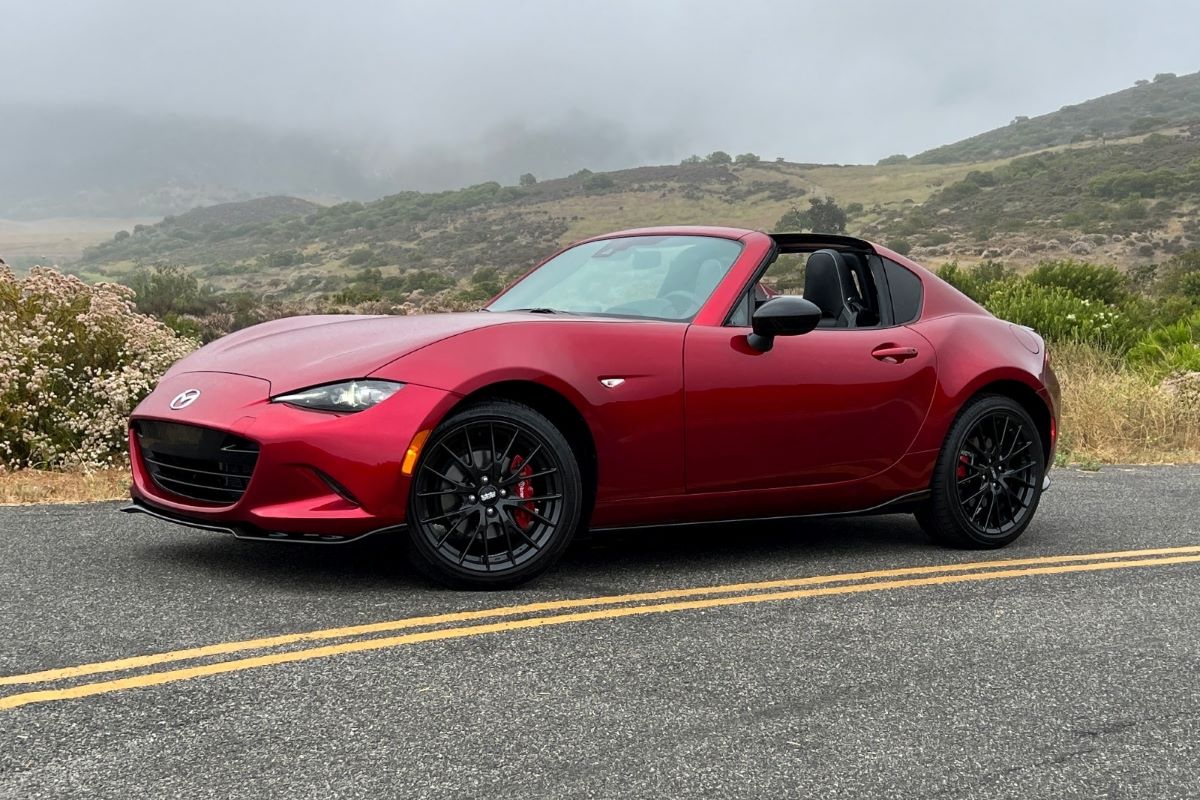
The exterior palette sees the addition of a new color, Platinum Quartz Metallic. Inside, there’s a fresh and luxurious option in the form of Terracotta Nappa leather upholstery, though it’s exclusively available on the Grand Touring trim.
Meanwhile, opting for the Club trim on the Miata RF automatically equips the vehicle with the Brembo BBS Recaro package. This bundle includes Brembo brakes, lightweight BBS wheels, and supportive Recaro seats, further elevating the car’s performance credentials.
Also Read: 5 Sedans With Best Turning Radius And 5 With Widest
5. Toyota Tacoma
Truck buyers love the Tacoma for its ruggedness, and part of that reputation comes from its consistent reliability.
The 4.0-liter V6 and later 3.5-liter units are both known to run smoothly well past 200,000 miles with minimal issues especially check engine light triggers.
All versions of the Tacoma are expected to continue using a 2.4-liter turbocharged four-cylinder engine as their power source. The most powerful configuration will be the i-Force Max hybrid, which features an electric motor built into its eight-speed automatic transmission.
This combination delivers 326 hp and 465 lb-ft of torque. All i-Force Max models come equipped with standard 4WD. For the 2025 model year, the Tacoma Hybrid achieves fuel economy ratings of 23/24 mpg city/highway, making it the most efficient option in the lineup when considering combined mileage.
However, non-hybrid SR and SR5 models with rear-wheel drive do post slightly better numbers on the highway. The 2026 model is expected to perform similarly. In terms of acceleration, the Tacoma can launch from 0 to 60 mph in as little as 7.1 seconds.
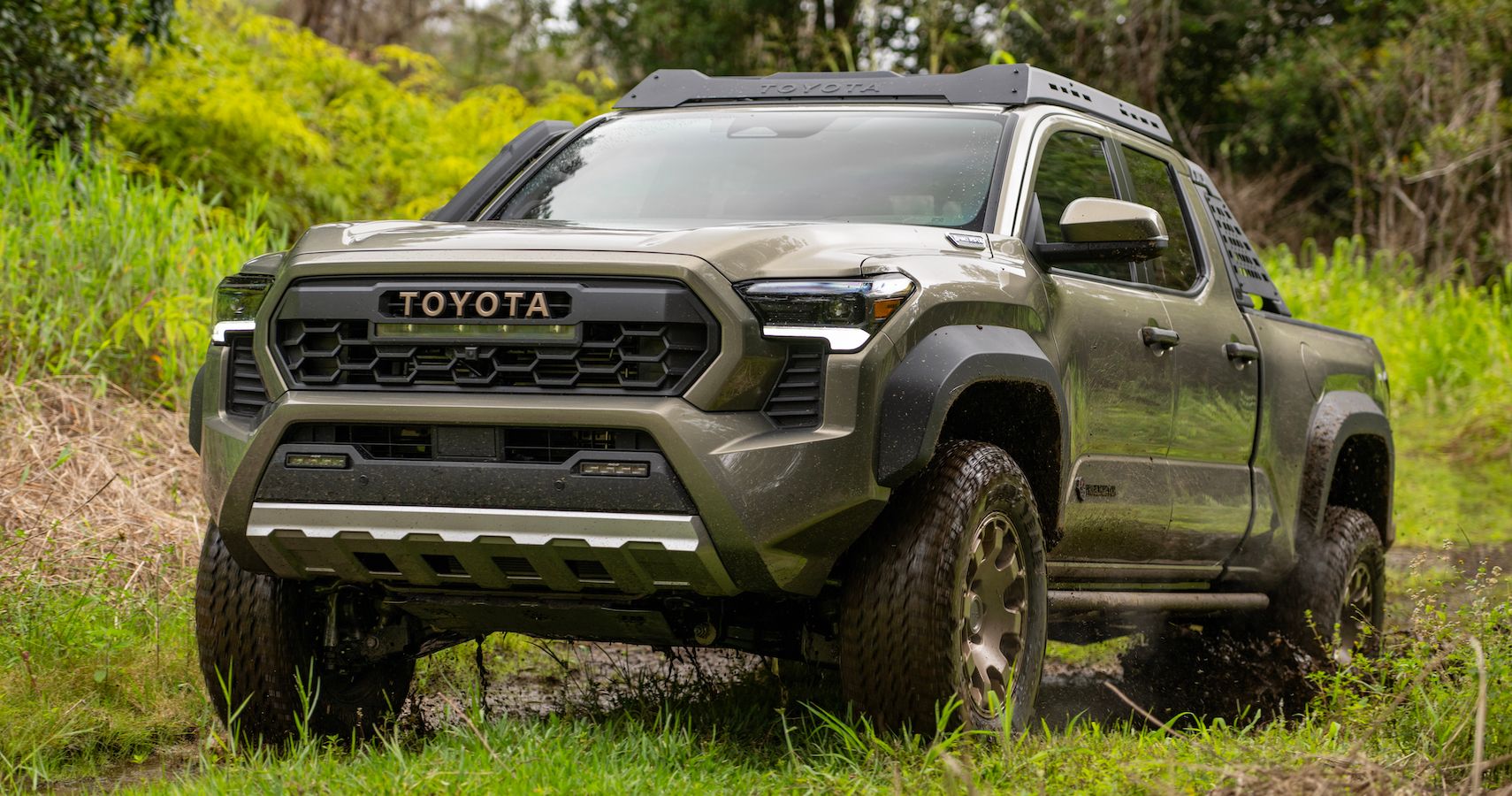
The 2025 Toyota Tacoma serves as the smallest truck in Toyota’s lineup, positioned below the full-size Tundra. For those who find the Tundra too large or expensive, the Tacoma offers a more accessible alternative. It’s fully capable of managing mid-size hauling duties or towing a medium-sized travel trailer or boat.
This new Tacoma generation also puts a strong emphasis on off-road performance, with trims like the TRD PreRunner, TRD Off-Road, TRD Pro, and Trailhunter each built with specific types of terrain in mind. Of course, if your needs are more urban, the Tacoma handles city driving just as well.
Estimated driving costs for the 2025 Toyota Tacoma SR 2-door Xtracab with a 6.1-foot short bed suggest a monthly fuel cost of $171, based on 15,000 miles per year and a fuel price of $3.10 per gallon for regular unleaded in North Dakota. That compares favorably to the average compact truck, which costs around $211 per month to fuel under the same conditions.
Over the past ten years, full-size trucks have grown considerably, often exceeding what the average buyer actually needs. The Tacoma reins that in, returning to a more manageable size that improves drivability and efficiency. At the same time, it doesn’t sacrifice real-world utility—it remains plenty capable for work or recreation.
Major powertrain updates introduced for the 2024 model year extend that capability even further. Both the base turbocharged four-cylinder engine and the available i-Force Max hybrid system represent substantial upgrades over the aging powerplants they replace, offering more horsepower along with improved fuel economy.
6. Subaru Outback (Non-Turbo Models)
The Outback has had its issues, but the naturally aspirated non-turbo flat-four models tend to be incredibly reliable.
These versions are less prone to emissions system glitches and sensor malfunctions that typically set off the check engine light. Popular among outdoor enthusiasts, the Outback offers more than just standard all-wheel drive and an adventurous persona.
It provides a composed and comfortable ride, even when the road surface is rough, and the interior offers generous space for both passengers and cargo. While some of its alerts can be a bit overzealous, the SUV’s EyeSight safety suite is a strong asset. Its rugged appeal is further enhanced by features like the available roof rack and water-resistant seat upholstery.
The Outback’s exterior design hasn’t changed much in over ten years, so buyers considering one will need to be comfortable with its familiar look. The standard naturally aspirated engine lacks punch, and both engine options tend to idle somewhat roughly.
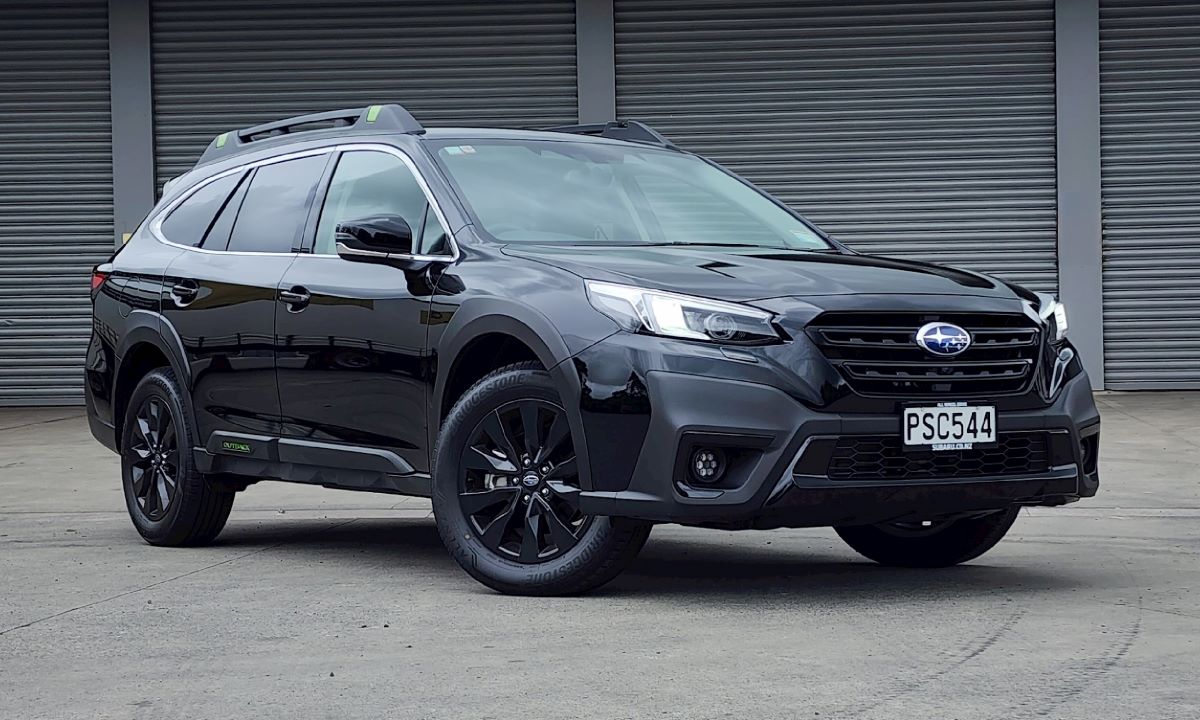
We’d also prefer if Subaru had retained more physical controls instead of relying so heavily on the touchscreen. That said, despite these drawbacks, we anticipate the Outback will remain one of our top choices in this segment going into 2025.
Every 2025 Outback continues the formula of flat-four engines, CVT automatic transmissions, and all-wheel drive. The entry-level powertrain is still the 2.5-liter naturally aspirated boxer-four, producing 182 hp and 176 lb-ft of torque. Fuel economy is expected to remain consistent with last year’s ratings of 26/32 mpg city/highway, making this the most efficient setup in the lineup.
Those wanting more power can opt for the 2.4-liter turbocharged boxer-four, which delivers 260 hp and 270 lb-ft of torque. Models equipped with this engine are expected to return fuel economy figures similar to last year: 22/29 mpg, with Wilderness versions achieving 21/26 mpg.
7. Honda CR-V
Another Honda on the list, the CR-V combines practicality with long-term peace of mind. It’s built with fewer electronic gimmicks and more focus on core mechanical strength.
The engine and transmission rarely raise red flags with the onboard computer system. The CR-V remains as competent as ever, but it’s hard to argue that the current version represents a clear improvement over its predecessor. In the meantime, competing models have evolved and become more compelling.
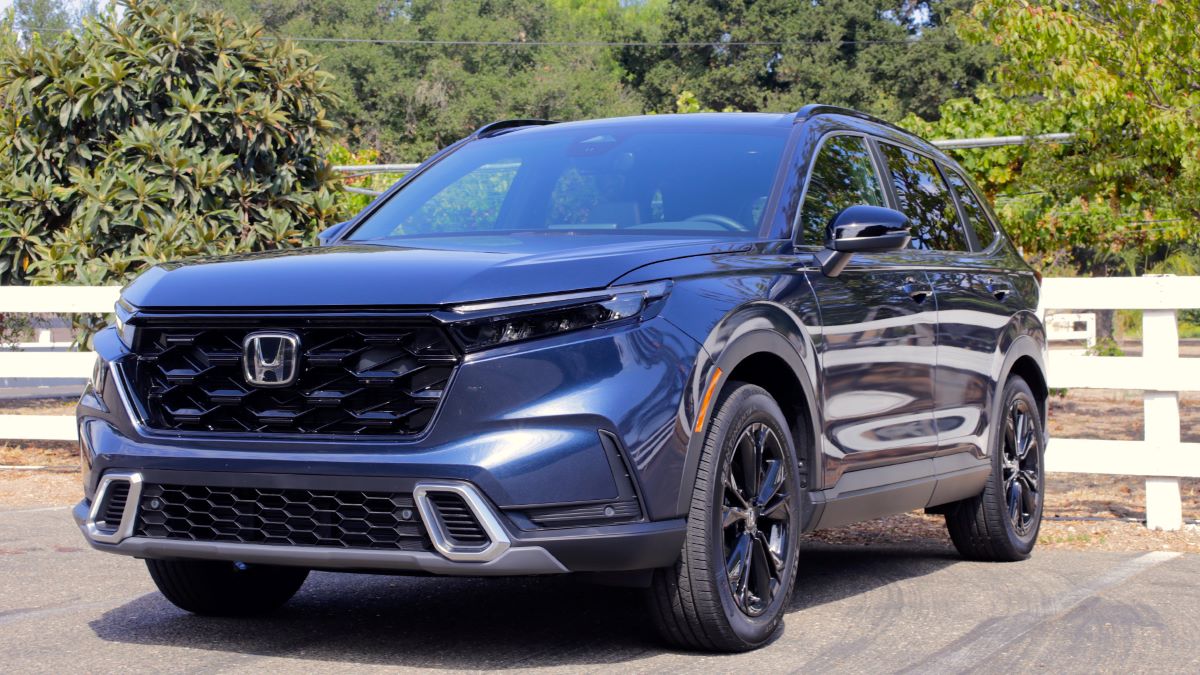
As a daily driver, the CR-V delivers a smooth, user-friendly experience. It handles with a level of precision that some rivals lack, and Honda has clearly paid close attention to ergonomics and usability in the cabin. The standard suite of driver assistance features adds real value and enhances everyday convenience.
Still, compared to bolder and more adventurous compact SUVs, the CR-V can come across as a bit conservative. The fact that Honda reserves many of the most desirable features for the CR-V Hybrid leaves the non-hybrid models feeling somewhat sparse by comparison—though that could shift with the 2025 update. Even so, the 2025 CR-V is likely to continue being a dependable and practical choice.
8. Hyundai Elantra (Post-2017 Models)
Once considered a budget option with average reliability, the Hyundai Elantra has come a long way.
Models built after 2017 benefit from better quality control, modern engine designs, and fewer common error codes that typically plague budget cars. Check engine lights are now a rarity.
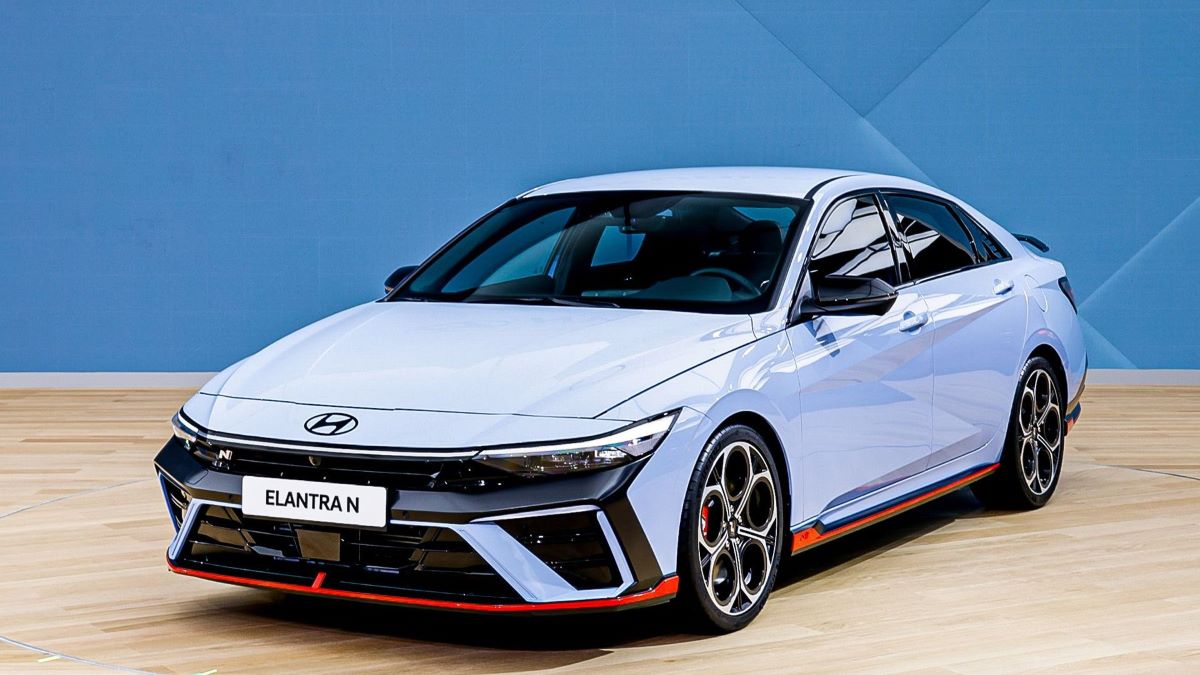
The 2025 Hyundai Elantra comes in five primary trim levels: SE, SEL Sport, SEL Convenience, N Line, and Limited. The standard Elantra trims—SE, SEL Sport, SEL Convenience, and Limited—are equipped with a 147-horsepower 2.0-liter four-cylinder engine mated to a continuously variable automatic transmission (CVT) and front-wheel drive.
For those seeking a sportier edge, the N Line features a 201-hp turbocharged 1.6-liter engine paired with a seven-speed dual-clutch automatic transmission. Keep reading for a breakdown of the key features included with each trim level.
9. Toyota Camry
It’s no surprise the Camry is on this list. Like its cousin the Corolla, it’s built to endure years of daily driving without complaint.
Whether it’s the inline-four or the V6 version, both engines are engineered with long-term dependability in mind and rarely set off the check engine light unless there’s a genuine issue.
For 2025, Toyota made a series of updates to the Camry both inside and out. Visually, the new Camry adopts a sharp, angled front-end design that gives it a mischievous edge—somewhat ironic given the model’s traditionally conservative image.
At the rear, the design is more conventional, blending in with typical sedan styling. Still, my test vehicle showcased the refresh effectively with its Heavy Metal gray paint and contrasting Midnight Black Metallic power roof.
Inside, the cabin presents a cohesive blend of soft-touch surfaces and glossy piano-black trim. It’s easy on the eyes, but you’ll want to keep a microfiber cloth nearby—those shiny panels are quick to attract fingerprint smudges.
This particular 2025 Camry XSE AWD came equipped with bold red heated and ventilated seats, red interior accents, and aluminum skeletonized pedals that added a sportier feel.
Taking center stage in higher trims is a crisp, responsive 12.3-inch infotainment display. Apple CarPlay and Android Auto come standard, making it easy to queue up your most embarrassing playlist with minimal effort.
When it comes to space, the Camry falls a bit short of its key rival, the Honda Accord. Its 15.1-cubic-foot trunk is large enough to handle a couple of full-size rolling suitcases, but rear-seat space can be tight for taller passengers.
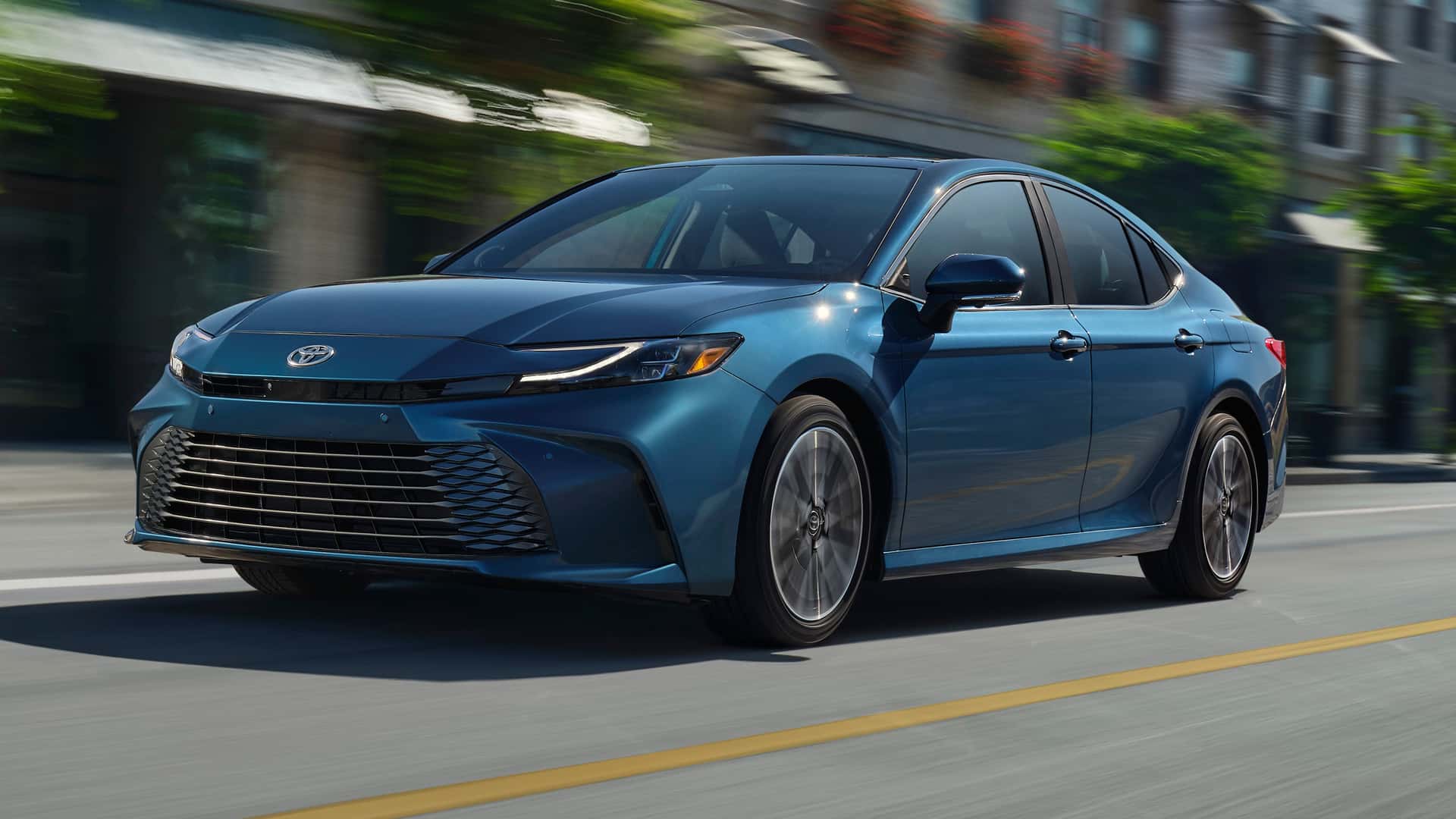
My 6’3” father-in-law found the back seat uncomfortable for anything beyond a short ride. Even with the power-adjustable passenger seat, headroom was just barely acceptable. That said, most passengers under that height will find the Camry’s accommodations more than sufficient.
Out on the road, the all-wheel-drive Camry XSE delivers a smooth, composed ride without much fuss. However, it doesn’t offer the visceral excitement that the outgoing V6-powered models once did.
As someone who covers sports cars, coupes, and sedans, I was quick to spot the paddle shifters behind the Camry XSE AWD’s steering wheel. I had fun watching my fuel economy dip while using them in Sport Mode, but the novelty faded once I remembered that the ECVT doesn’t actually shift gears in the traditional sense.
Switching back to Eco Mode helped recover fuel efficiency while navigating the streets of Louisville. I consistently saw averages above 40 mpg in mixed driving.
On the highway, the adaptive cruise control proved helpful, maintaining speed with ample spacing without feeling overly intrusive. And while the Camry’s chassis is buttoned-down enough to satisfy drivers with cornering aspirations, the steering feels distant and lacking in feedback.
It’s the kind of midsize sedan that excels without much flash. But with the hybrid-only lineup, the punchy V6 of previous XSE, XLE, and TRD trims is no longer part of the equation. The days of the 301-horsepower, six-cylinder Camry are behind us. Still, the latest version delivers an impressively refined and capable package.
Normally, a comment like that might come with a caveat like “for a Camry.” In this case, the comfort of the 2025 Toyota Camry XSE AWD stands on its own—it’s simply comfortable, no qualifiers needed.
10. Acura RDX
This luxury crossover pairs Honda’s engineering reliability with upscale amenities. Owners report few issues with engine management systems, and the RDX is widely regarded as one of the least troublesome vehicles in its class when it comes to electronic diagnostics.
Prestige and value don’t always go hand in hand, and the 2025 Acura RDX makes a compelling case for choosing the latter.
While it doesn’t carry the badge appeal of European competitors like the BMW X3, Porsche Macan, or Mercedes-Benz GLC-class, it delivers a comparable premium SUV experience at a far more accessible price. That affordability, of course, comes with a few compromises.
The RDX’s eager 272-hp turbocharged four-cylinder engine delivers solid performance, but its 10-speed automatic transmission can feel unrefined at times, and the brake pedal doesn’t inspire confidence with its soft, inconsistent feel. Still, standard all-wheel drive and a full suite of modern tech features—including a large infotainment screen and competitive driver-assistance technologies—help close the gap.
With lively handling and a nimble overall feel, the RDX proves that a luxury SUV doesn’t need a European badge to deliver satisfaction. For buyers more focused on features and driving enjoyment than status, it’s a smart and rewarding choice.
For 2025, Acura updates the RDX to better align with the brand’s current design language. It receives a revised grille with a mesh insert, newly styled wheels, and the option for body-colored lower exterior trim.
Additional exterior color choices are also available. Inside, Acura has redesigned the center console to provide more storage and has repositioned the wireless phone charger for better usability.
The infotainment system now supports a new wide-screen Apple CarPlay layout that fully utilizes the 10.2-inch display. Higher trims, including Advance and A-Spec Advance, now feature full-leather upholstery and upgraded ambient lighting, which includes illuminated speaker grilles for added flair.
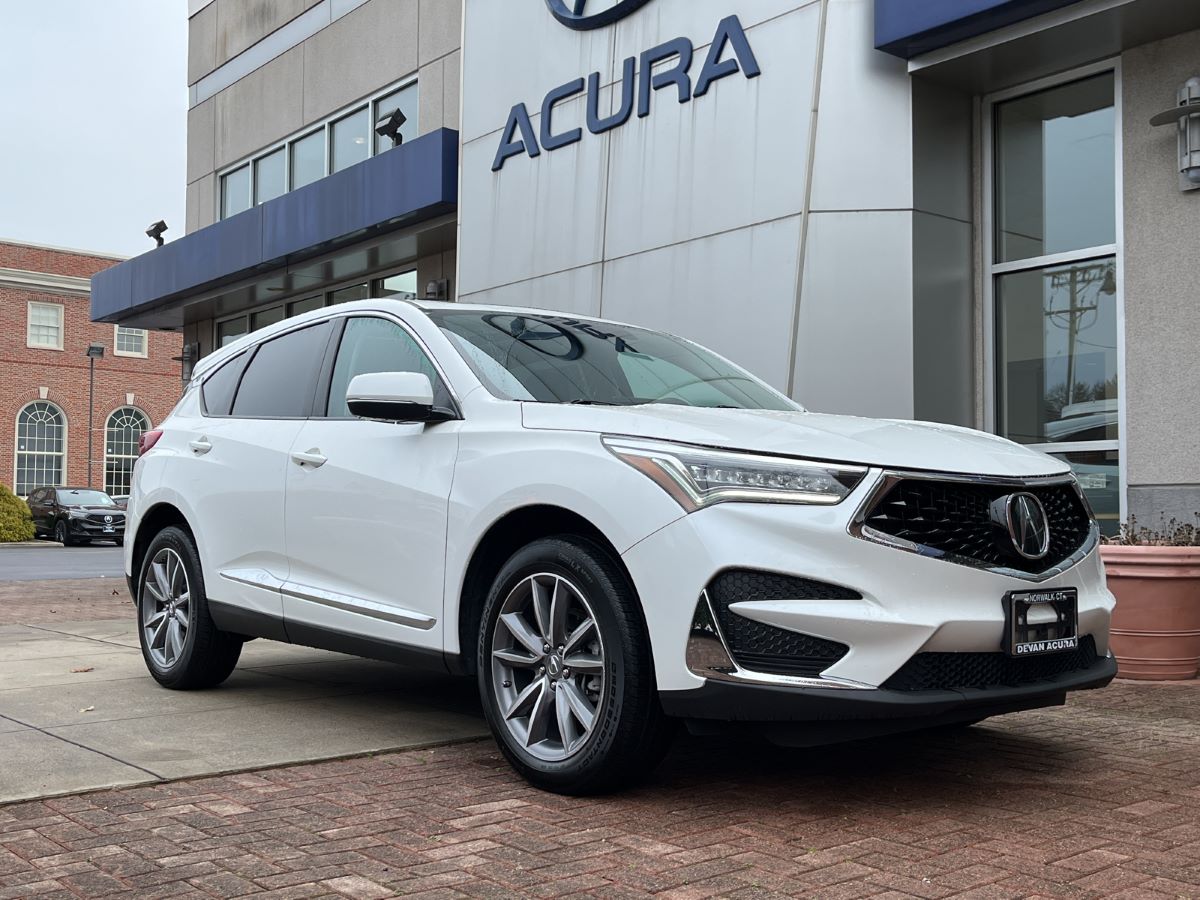
The 2025 RDX starts at $46,050 and tops out at $55,800, depending on the selected trim and packages. Acura sells the RDX in one base trim with a range of available upgrade packages. The A-Spec model may look aggressive but doesn’t deliver any meaningful performance upgrades for its premium price tag, making it hard to justify.
The Technology package, on the other hand, is a worthwhile upgrade. It enhances the cabin with a better audio system, integrated navigation, upgraded leather-trimmed seats, and additional convenience features. If you want features like adaptive dampers and a head-up display, you’ll need to opt for the Advance package—but be prepared for a steeper final price.
Under the hood, every RDX is powered by a turbocharged 2.0-liter four-cylinder engine producing 272 horsepower. It’s mated to a 10-speed automatic transmission and comes standard with Acura’s SH-AWD system. The RDX accelerates briskly and feels responsive in low-speed situations, pulling away from stops with confidence. However, the transmission can be slow to downshift, even when using the paddle shifters. T
he engine’s high-pitched roar under hard acceleration mimics that of the now-discontinued NSX, but it’s largely artificial, piped into the cabin through the vehicle’s speakers. Our test vehicle, equipped with 20-inch wheels and optional adaptive dampers, offered a decent ride—firm over rougher roads but never harsh or noisy.
The SH-AWD system enhances agility, and the steering is accurate, giving the RDX a well-balanced feel overall. Unfortunately, the experience is undermined by a brake pedal that lacks consistent firmness and feel.
The A-Spec version we tested reached 60 mph in 6.2 seconds, a competitive time that positions it in the middle of the compact luxury SUV field. Fuel economy is similarly respectable.
With standard all-wheel drive, the RDX is rated at 21 mpg in the city and 27 mpg on the highway, while the A-Spec version loses 1 mpg on the highway. On our real-world 75-mph fuel-economy loop, the A-Spec RDX achieved 26 mpg, exactly matching its EPA rating.
Inside, the RDX presents a well-built cabin, though one that prioritizes sporty aesthetics over outright luxury. The dashboard and center stack are dense with controls, including a touchpad interface, numerous buttons, and a prominent rotary drive-mode selector.
Our A-Spec test model featured bold red seats and unique styling elements. While the material quality is high and standard equipment—such as heated power-adjustable front seats, dual-zone climate control, and ambient lighting—is generous, the overall feel falls just short of true luxury. Still, nothing in the cabin feels cheap, and the seating position strikes a great balance between SUV height and a more engaging, driver-oriented feel.
The RDX also proves practical: the outboard rear seats can be released to fold flat either from inside the cabin or from the rear cargo area. With the seats up, we managed to fit eight carry-on bags; with the seats folded, we fit 22.
Infotainment duties are handled by a 10.2-inch screen mounted high on the dash, which can also be controlled via a touchpad in the center console. The interface requires some adjustment, but it works well once you get the hang of it.
Wireless Apple CarPlay and Android Auto come standard, along with a Wi-Fi hotspot. Stepping up to the Technology package adds integrated navigation, additional USB ports for rear-seat passengers, and a premium 12-speaker ELS Studio audio system.
In terms of safety, every RDX includes a robust set of standard driver-assistance features. The Technology package adds even more, such as blind-spot monitoring, front and rear parking sensors, and rear cross-traffic alert.
According to results from the NHTSA and IIHS, the RDX performs well in crash testing. Standard safety features include forward-collision warning with automated emergency braking, lane-departure warning with lane-keeping assist, and adaptive cruise control.
Acura’s warranty coverage for the RDX is in line with most luxury automakers, though its complimentary maintenance plan is a bit less generous.
The limited warranty covers four years or 50,000 miles, and the powertrain warranty extends to six years or 70,000 miles. Complimentary scheduled maintenance is included for two years or 24,000 miles, falling short of BMW’s three-year coverage and Jaguar’s longer offering.
If avoiding a glowing check engine light is high on your priority list, the vehicles above are among the most trustworthy you can find.
Their strong build quality, proven drivetrains, and efficient onboard diagnostics make them excellent long-term companions providing peace of mind every time you turn the key.

